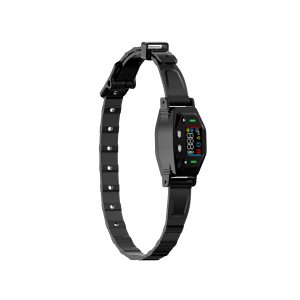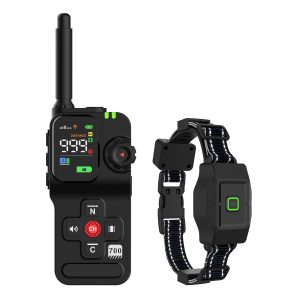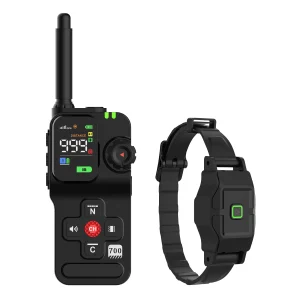The Silent Solution for Excessive Barking: Bark Control Whistles Explained
As a pet owner, dealing with excessive barking can be a challenge. Whether it’s triggered by excitement, fear, or simply as a means of communication, constant barking can strain the relationship between you and your furry companion. This is where bark control whistles come into play as a humane and effective tool to curb unwanted barking behavior.
Understanding the science behind bark control whistles is crucial for their successful use. These specialized whistles emit a sound frequency that is audible to dogs but often goes unnoticed by the human ear. It acts as a gentle reminder to your pet that their barking behavior is unwanted.
One of the key benefits of using a bark control whistle is its non-invasive nature. Unlike shock collars or other methods that may cause distress to your pet, the whistle provides a subtle yet effective way to communicate boundaries.
When introducing a bark control whistle to your pet, consistency is key. By associating the sound of the whistle with a cue that signals the end of barking, you can help your pet learn to control their impulses gradually.
It’s important to note that bark control whistles are not a one-size-fits-all solution. Each dog is unique, and some may respond better to other training methods. However, for many pet owners, the bark control whistle has proven to be a valuable tool in fostering better communication and understanding between them and their canine companions.
In conclusion, bark control whistles offer a gentle and effective way to address excessive barking behavior in dogs. By understanding their purpose, using them consistently, and being patient with the training process, pet owners can experience a quieter and more harmonious relationship with their furry friends.




